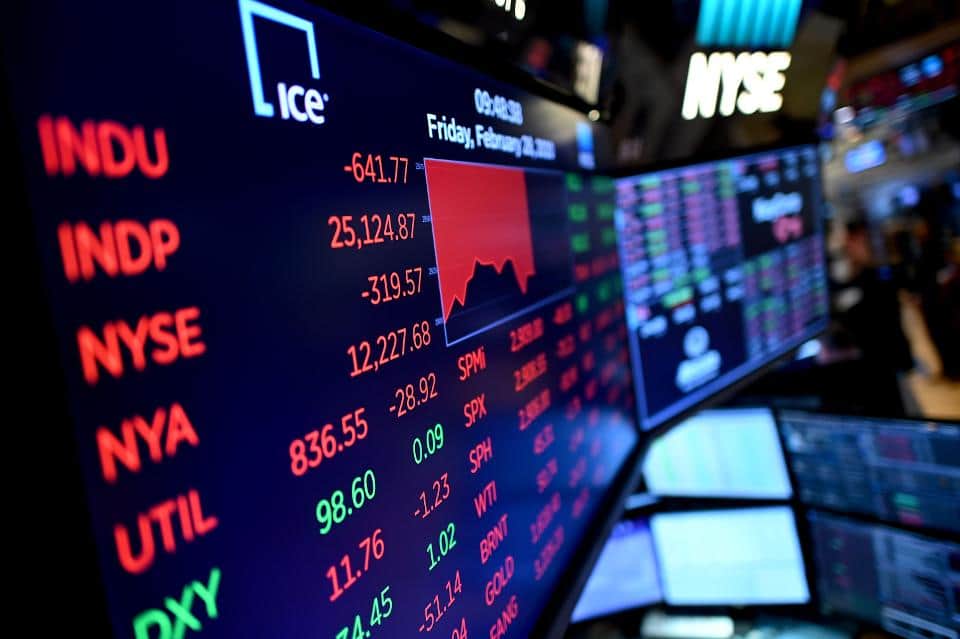After oil prices plunged more than 20% to $33.36 a barrel, the New York Stock Exchange halted trading as indexes dropped by 7%, the largest fall in the US since 2010.
Trading resumed after a 15-minute interruption and stock indexes regained some of their losses.
In early trading, the broader S&P 500 (SPX) index fell 7.4% while the Dow Jones Industrial Average was down 4.9%, losing 1,255 points to 24,605. Nasdaq was down 6.86%. The Dow eventually closed with the worst point drop in history (7.8%), making it the worst day in trading since October 2008 when global financial markets nearly collapsed.
The drop in oil prices also impacted stock exchanges in Asia and Europe.
Australia’s S&P/ASX 200 ended 7.3% lower on Monday, the index’s biggest plunge since October 2008.
Japan’s Nikkei 225 (N225) was down 5.1%, Hong Kong’s Hang Seng (HSI) lost 4.2%, and China’s Shanghai Composite (SHCOMP) dropped 3%.
The Stoxx Europe 600 SXX fell by 7.44%, the most significant drop in a single day since the 2008 financial crisis.
The stock exchange crisis occurred after Saudi Arabia launched an oil price war against Russia, although financial experts have long expected a new financial crisis following the 2012-2020 recovery.
During a Saudi-led OPEC meeting in Vienna on Friday, March 6, Russia refused to comply with the OPEC proposal to stabilize the coronavirus-ravaged market by cutting oil production.
Russia’s move was an attempt to weaken US shale oil companies that depend on high oil prices to survive.
Saudi Arabia then moved to raise production and offer major discounts to win over new customers and revive the oil demand.
The Gulf kingdom plans to produce 10 million barrels per day and sell to northwest Europe, one of Russia’s key oil markets, and offer discounts in the US and Asia.

